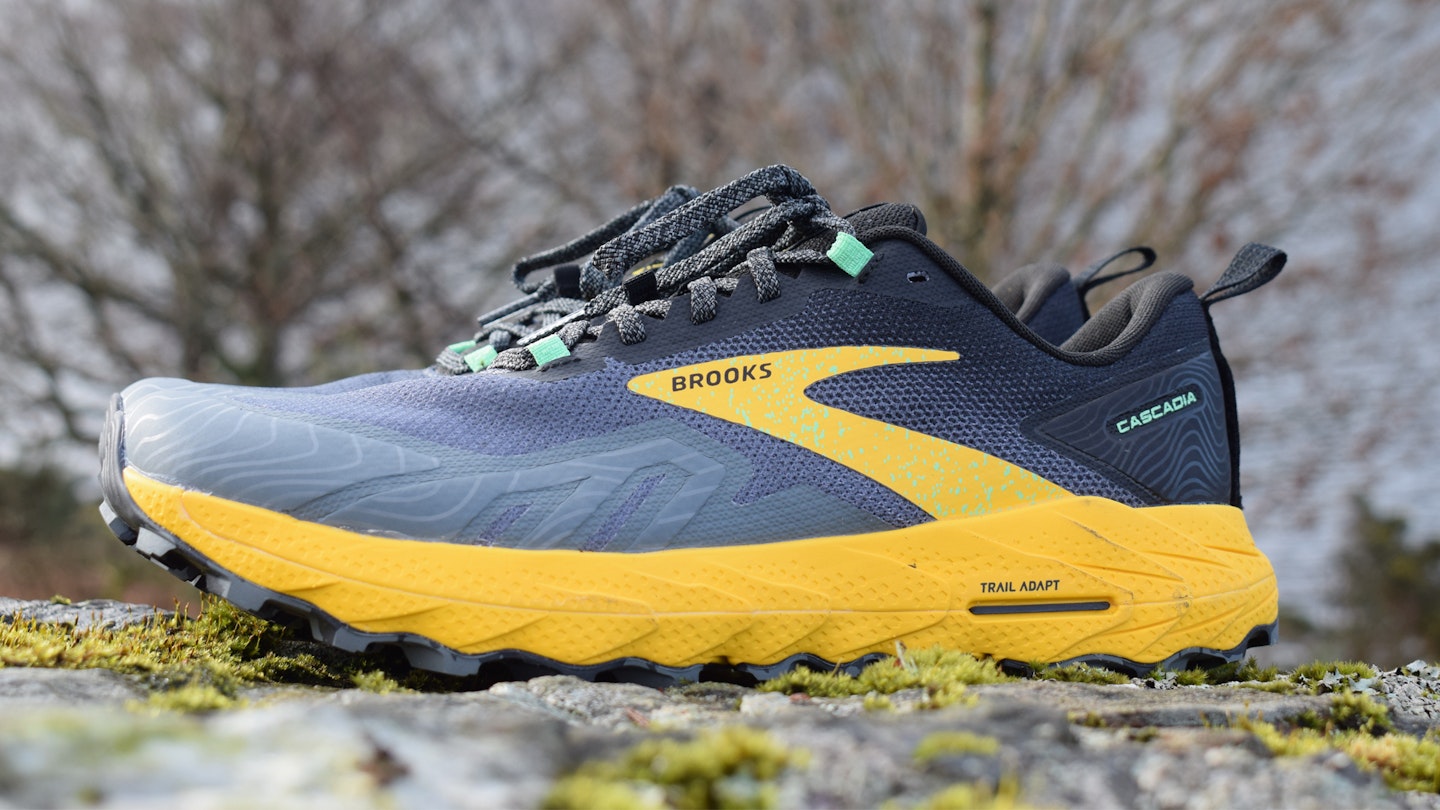Speedy trail runners who are whippets in the mountains will (probably) not love this shoe – it’s a little too heavy (342g) and lacking in underfoot sensitivity for their rapid mountain exploits. But for those who aren’t worried about Strava segments or Garmin speed stats, and instead favour support, protection and stability in a trail running shoe, the Brooks Cascadia 17 has lots going for it.
It’s durable, tough, cushioned and protective. It should last a long time, it’s comfy all day long and delivers top-notch traction. It’s not one for the speed merchants out there, but for most runners it’s a safe bet.
Indeed, when a shoe is in its 17th generation, you know the design will be tried and tested.
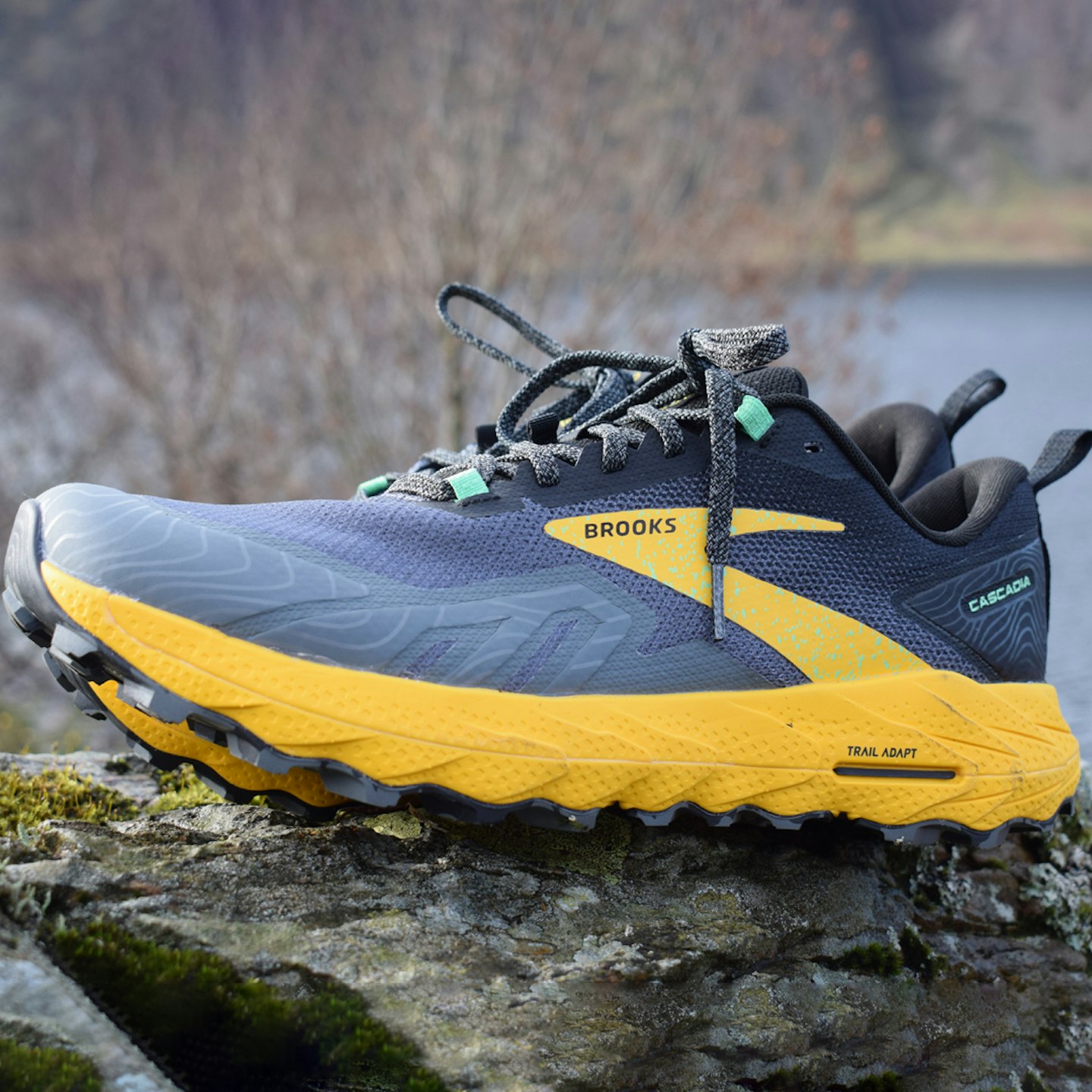 LFTO
LFTOwww.sportsshoes.com
Pros
- Excellent stability
- Protective and supportive
- Great traction
- All-day comfort
Cons
- Quite heavy with low agility
- Lacks underfoot sensitivity
| Men's sizes | 6-14 |
| Women's sizes | 3-10 |
| Versions | Gore-Tex, non Gore-Tex, wide, regular |
| Weight | 342g per shoe (men's UK 9) |
| Drop | 8mm |
| Stack height | 33mm hell, 25mm toe |
| Lugs | 4.5mm |
Upper
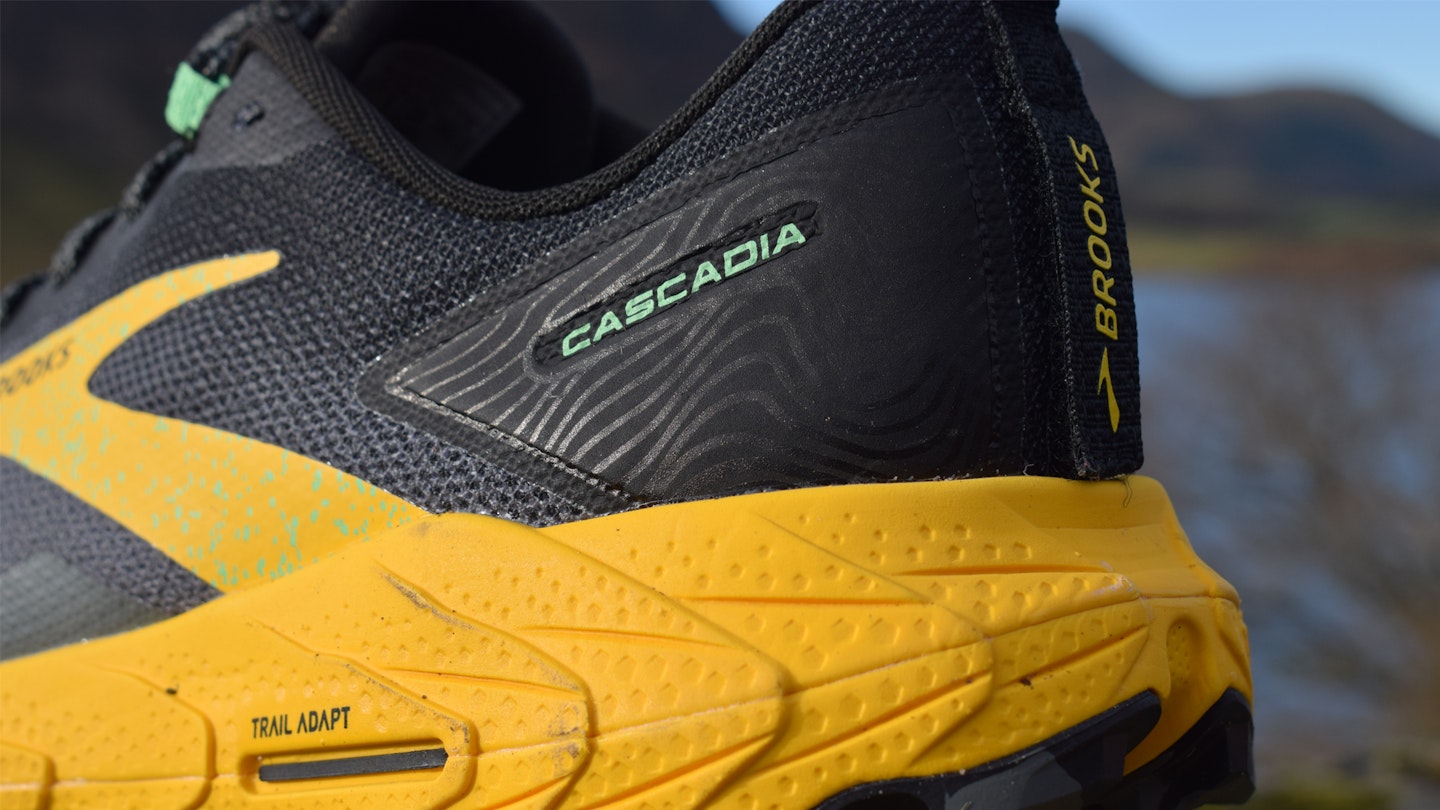
The upper of the Brooks Cascadia 17 feels strong and durable, but still delivers all-day comfort. The lightly-padded tongue and ankle cuff, as well as the tightly-woven mesh forefoot, are all soft, flexible and comfy. But there is more toughness in other parts of the upper. The toebox has a wraparound overlay for added protection, while the heel counter is really quite stiff and strong. This locks the heel nicely for a stable, secure foot hold.
Midsole
The Cascadia 17 features Brooks’ Trail Adapt system, which is designed to give trail runners extra stability. This is achieved through a midsole of DNA Loft v2 cushioning (made from EVA foam and rubber), and an integrated protective rock plate.
Brooks says the Cascadia 17 offers “soft cushioning”. That’s probably the wrong word. It’s definitely not maximalist, ultra-soft cushioning that has become popular in recent years, and instead we found the underfoot feeling slightly firmer than “soft”. There is, however, a lot of cushioning with a substantial stack height.

All of this gives you an impression of protection, stability and support, as opposed to agility, sensitivity and ground-feel. Some runners will love this approach, finding that the Cascadia inspires confidence over mountainous terrain and delivers stability through the ankles and joints. But speedier trail gurus will (probably) find it too heavy, rigid and clunky, making leg turnover sluggish and lacking in underfoot sensitivity and agility.
Outsole
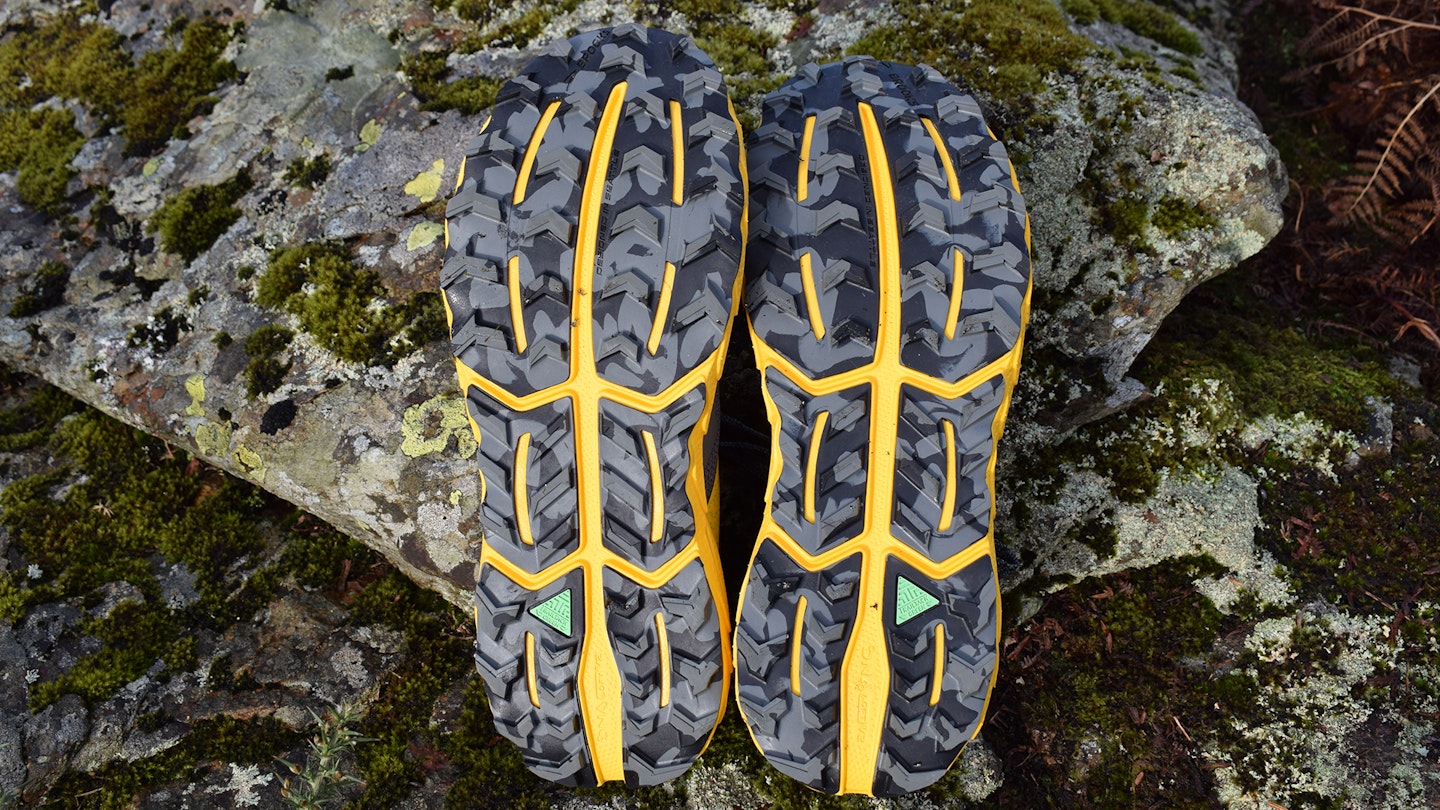
The outsole of the Brooks Cascadia is not a third party sole unit, such as Vibram. Instead you get Brooks’ in-house TrailTack unit, which has an aggressive profile of chevron-shaped lugs, separated by mud-shedding channels.
The all-round traction is impressive, with solid bite and grip on all surfaces, from grass and mud to rock and scree – it’s a do-it-all outsole. The sole unit used in the Cascadia is a TrailTack Green Rubber version, which is made from 25% recycled content.
Features
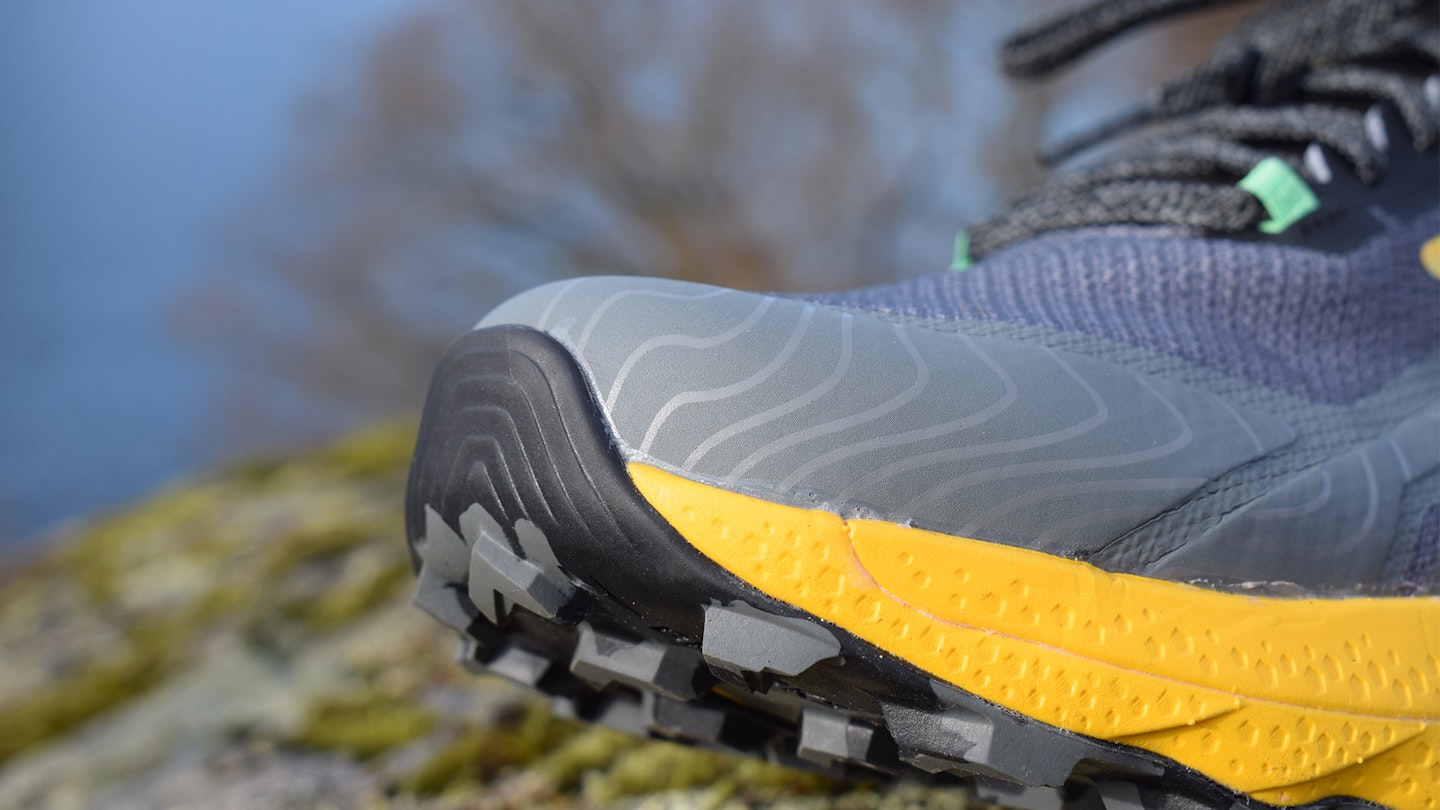
At the heel counter there is a gaiter attachment with a strong, sturdy Velcro tab. This enables you to pair the Cascadia 17 with a running gaiter for extra protection, if so desired.
Sustainability
Brooks states that 54.2% of the materials in the Cascadia 17’s upper are recycled. This doesn’t mean 54.2% of the whole boot is recycled, as this stat only relates to the upper, but it’s still good to see Brooks making steps towards a more eco-friendly design. The construction of the Cascadia 17 has also diverted 9.42 plastic bottles from landfill. The outsole has 25% recycled content too.
Verdict
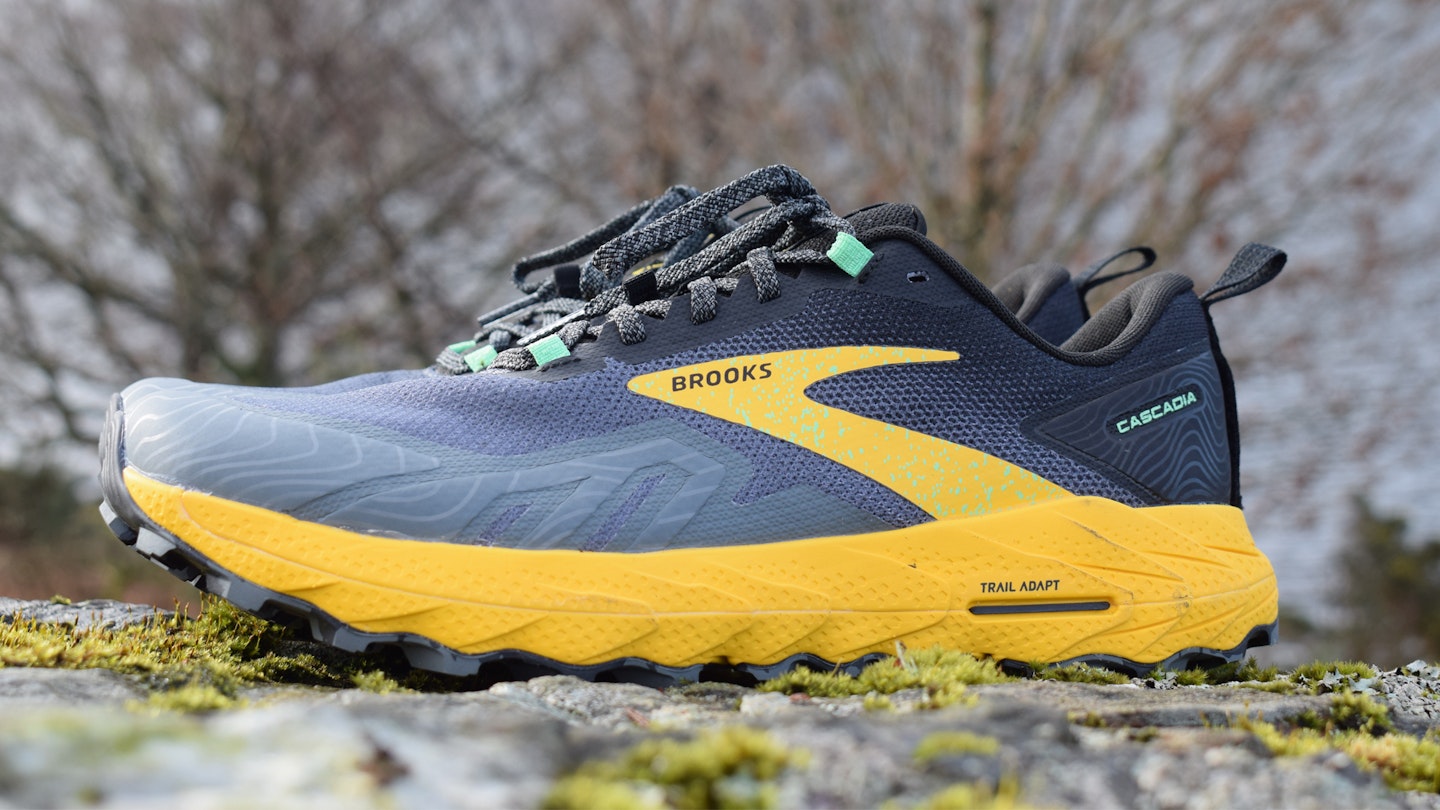
A well-proven trail shoe with excellent protection, stability, support and grip – but it’s quite heavy
How we tested
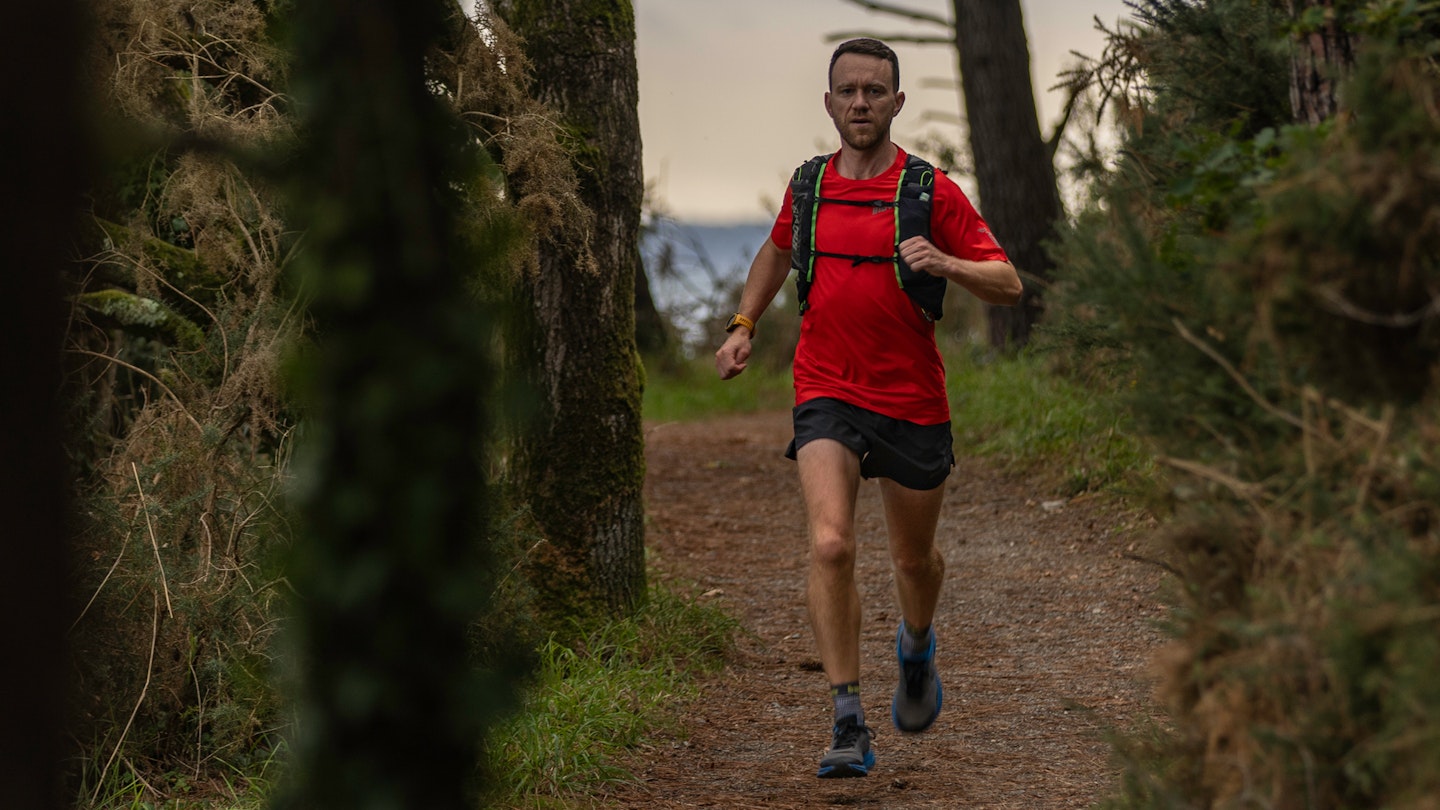
Our tester for the Brooks Cascadia 17 was James Forrest. James is one of our long-time freelance gear testers both for LFTO and our print magazine, Trail. When he's not climbing mountains or walking unspeakable distances, he's running on his local trails in the Lake District.
As well as being a prolific long-distance walker and runner, James is also one of the most high-profile outdoor writers in the UK.
